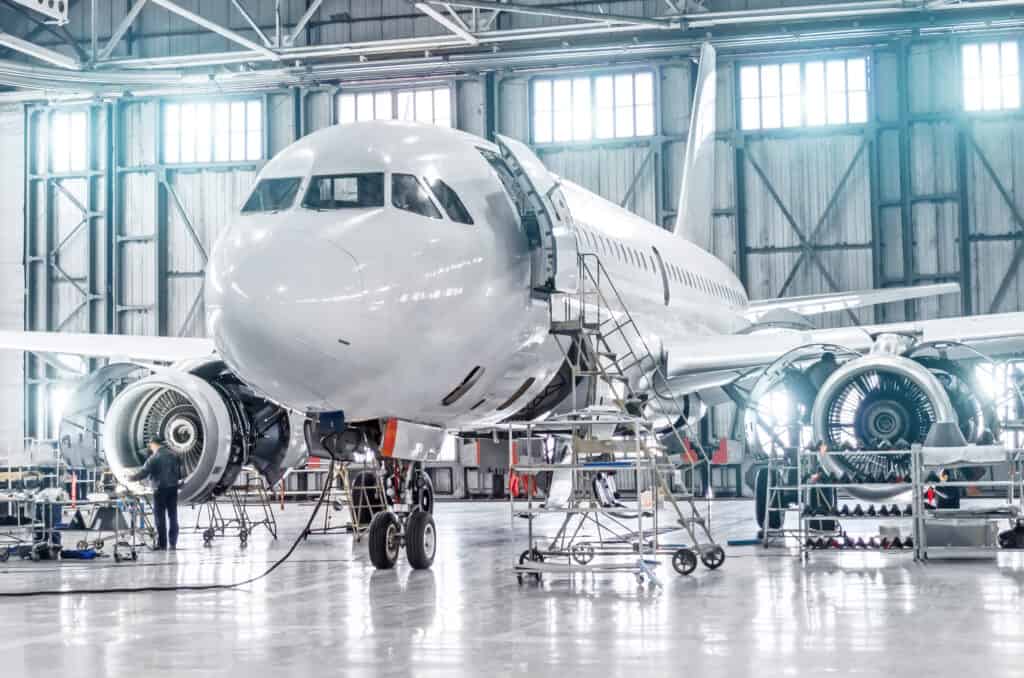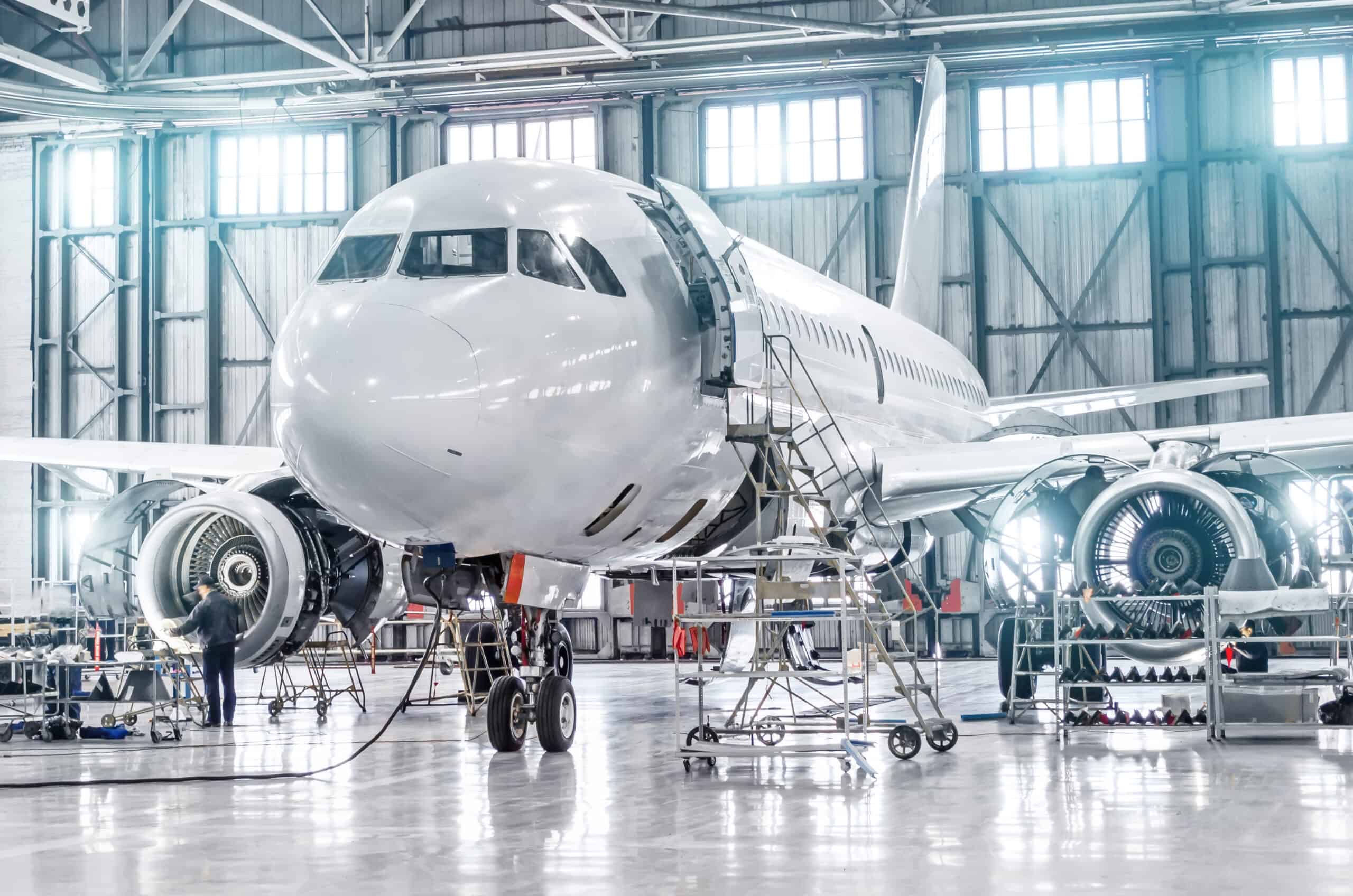
The history of TIG welding in aerospace begins with Russell Meredith of Northrop Aircraft Corporation developing the process in the 1940s to facilitate aluminum and magnesium alloy welding. Since then, TIG welding has expanded to almost every manufacturing industry. The welding process has evolved to incorporate advanced technologies that make enhanced precision and control possible. Likewise, the standards for TIG welding in the aerospace industry have also matured.
And as every fabrication process in aerospace manufacturing affects human safety, engineers, designers, and welders alike must focus on adhering to and exceeding TIG welding standards.
What Is Quality in Aerospace Fabrication?
When considering aerospace fabrication, essential qualities like speed, precision, and efficiency are particularly important. Enhancing these attributes while maintaining quality control standards enables vehicles to perform at extreme elevations while remaining safe and reliable. Manufacturers in the aerospace industry have embraced technological innovations to expand their understanding of material use, fabrication, and maintenance.
Aerospace manufacturing is unique because components encounter high temperature, pressure, and stress conditions. As a result, manufacturers turn to materials like aluminum, titanium, Inconel, high-strength steels, and superalloys to meet the high-temperature demands of their aerospace components.
In addition to meeting material requirements, manufacturers must also adhere to aerospace industry welding specifications. These specifications include:
- AWS D17.1, Specification for fusion welding for aerospace applications
- AWS D17.2, Specification for resistance welding for aerospace applications
- AWS D17.3, Specifications for friction stir welding of aluminum alloys for aerospace applications
Achieving Quality With TIG Welding in Aerospace
Aerospace welding can include wide-ranging materials with different temperature and strength requirements. To retain the metal’s microstructural properties, controlled and optimizable heat input is required. While multiple welding processes may be used, TIG is most commonly preferred.
To better ensure safety in aerospace welding, manufacturers can employ a TIG welding process with advantages like corrosion protection, enhanced cleanliness, and mechanical strength. Additional benefits include:
- Proper shielding with inert gas for clean welds that are free of inclusions.
- Controlled heat input to minimize distortion, retain toughness, and reduce sensitization to corrosion-resistant metals.
- A process compatible with a wide range of materials.
- Controlled amperage to facilitate the creation of smooth weld surfaces.
- Complex joints that can be welded in any position.
The TIG process is slow, however. And when performed manually, weld precision can suffer. This presents a significant challenge in aerospace manufacturing, where larger pieces must be assembled with strict quality control. Orbital welding provides an ideal solution.
Orbital Welding Overcomes Aerospace Challenges
In large-scale aerospace manufacturing, orbital welding equipment can facilitate automated control, monitoring, and optimization. All TIG welding parameters can be controlled and optimized: from weld head oscillation, feed rate, and travel speed to heat input. Likewise, operators can monitor the weld process with the help of a remote pendant, enabling enhanced precision, improved productivity, and higher quality. And with automation, high-quality results can be reproduced consistently and reliably.
For large-scale precision in the aerospace industry, orbital TIG welding matches materials with the ideal weld parameters to produce high-quality welds without compromising strength and quality. By integrating the automation, precision, control, and cleanliness of the orbital process with TIG welding, manufacturers can meet and exceed the stringent aerospace quality control guidelines and minimize failure risks.
Since its inception in 1976, Arc Machines, Inc. has been a leading producer of high-quality welding equipment, including advanced orbital welding equipment compatible with TIG for welding in aerospace. For inquiries regarding products, contact sales@arcmachines.com. For service inquiries, contact service@arcmachines.com. Arc Machines welcomes the opportunity to discuss your specific needs. Contact us to arrange a meeting.





